Novaculichthys taeniourus
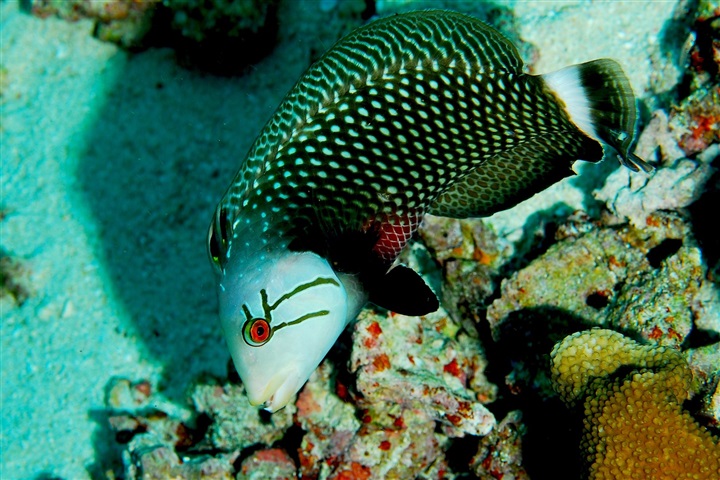
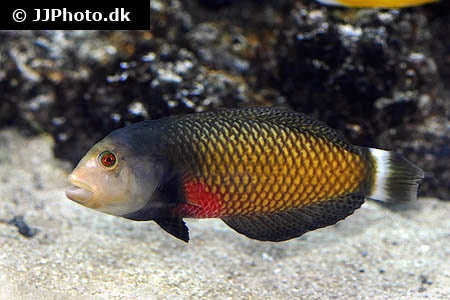
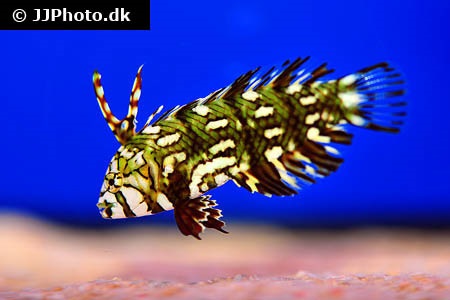
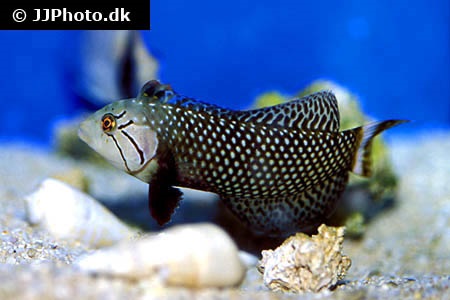
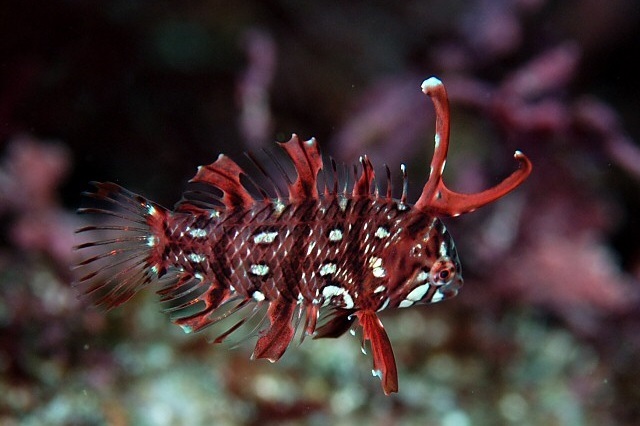
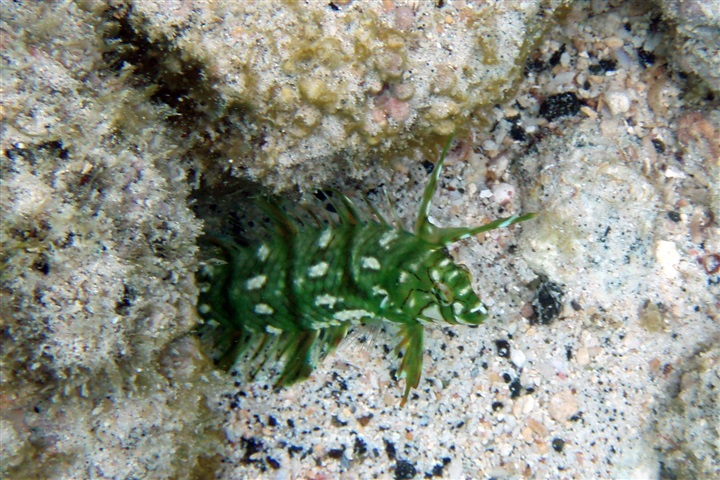
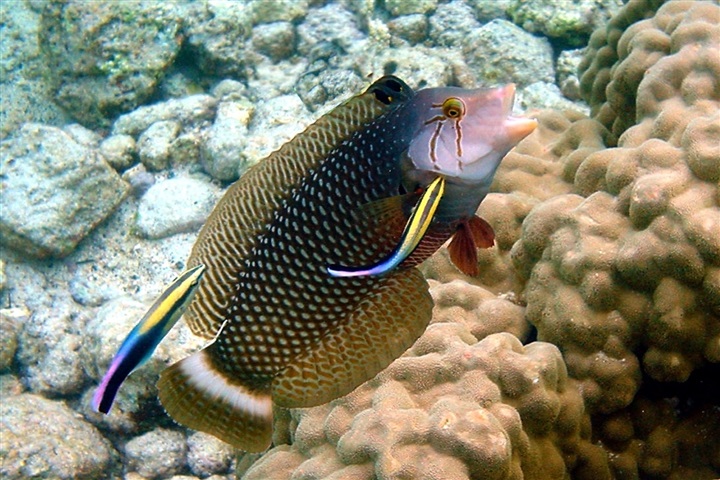
| Latin name | Novaculichthys taeniourus - (Lacepède, 1801) |
|---|---|
| Local name | Rockmover wrasse |
| Family | Labridae - Novaculichthys |
| Origin | East Indian Ocean, West Indian Ocean, Australia, The Red Sea, Indonesia, East Pacific, Central/West Pacific |
| Max length | 30 cm (11.8") |
| Minimum volume |
800 l (211 gal) |
|---|---|
| Hardiness |
Average |
| Suitable for aquarium |
Suitable for special aquariums |
| Reef safe |
Not reef safe |
| Aggressiveness | Aggressive towards other species |
| Recommended |
Fish Larger crustaceans (Shrimp, crabs...) Other invertebrates Small crustaceans (Krill, mysis, artemia...) |
|---|
This species is known to jump out of open aquaria.
This species eats shrimps, crayfish, crabs, small bivalves, sea urchins, snails and similar.
This species can be extremely aggressive towards other fish.
Be careful when keeping these fish together with peaceful or docile species. Regular feeding, plenty of hiding places and a lot of space can alleviate aggressive behavior to some degree.
These fish flourish better without other members of the same species in the aquarium.
This species needs a minimum of 2 inch (5 cm) of sand in the aquarium bottom, so it can dig itself down when afraid or needing to sleep.
This species has a habit of rearranging rocks and sand.
Make sure rocks are placed securely on the substrate, so they cannot toppled over.
This species revels in swimming and requires an aquarium with ample space.
This species can change gender from female to male.
When a male is needed, a female changes sex and takes on the role.
This species can be very shy when first introduced into a new aquarium.
More aggressive fish can be introduced after this species has acclimatized.
These fish should not be kept in an aquarium where they are not allowed to rearrange whatever they can get hold of.
When younger, their pattern and shape is very different, as shown on the picture.
Fish in the genus Novaculichthys are not often seen in aquaria, but has one a big tank with ample sand, these fish are interesting to observe. When they are fully grown they will spend a lot of time rearranging loose objects.
These fish are well known for being able to swim vertically into the sand and even to swim under it.
When first introduced they are very shy and thus need a lot of calm and quiet. Later on when they have become bolder, they can become aggressive and a threat to small fish and various kinds of invertebrates.
Wrasses are nearly always seen in reef aquaria, since many of the species are both attractive and useful in battling a range of unwanted invertebrates like i.e. flatworms, pyramide snails.
These fish live of everything from zooplankton to large crustaceans, sea urchins and the like.
The needs and behaviour of Wrasses vary greatly, so it is vital to familiarize oneself with the specific species before buying one.
| Aquarium trade | Yes |
|---|---|
| Distribution | Indo-Pacific: Red Sea to South Africa (Ref. 35918) and the Tuamoto Islands, north to Ryukyu and Hawaiian islands, south to Lord Howe Island. Excluding Persian Gulf (Ref. 86689). Eastern Pacific: Gulf of California to Panama and the Galapagos Islands (R |
| English common names |
Rockmover wrasse Dragon wrasse Masked wrasse Olive-scribbled wrasse Carpet wrasse |
| French common names |
Mardel Labre masqué |
| Danish common names |
Dragegylte |
Scott W. Michael. 2009. Wrasses and Parrotfishes (Reef Fishes Series Book 5) - TFH Publications / Microcosm Ltd. - (English)

